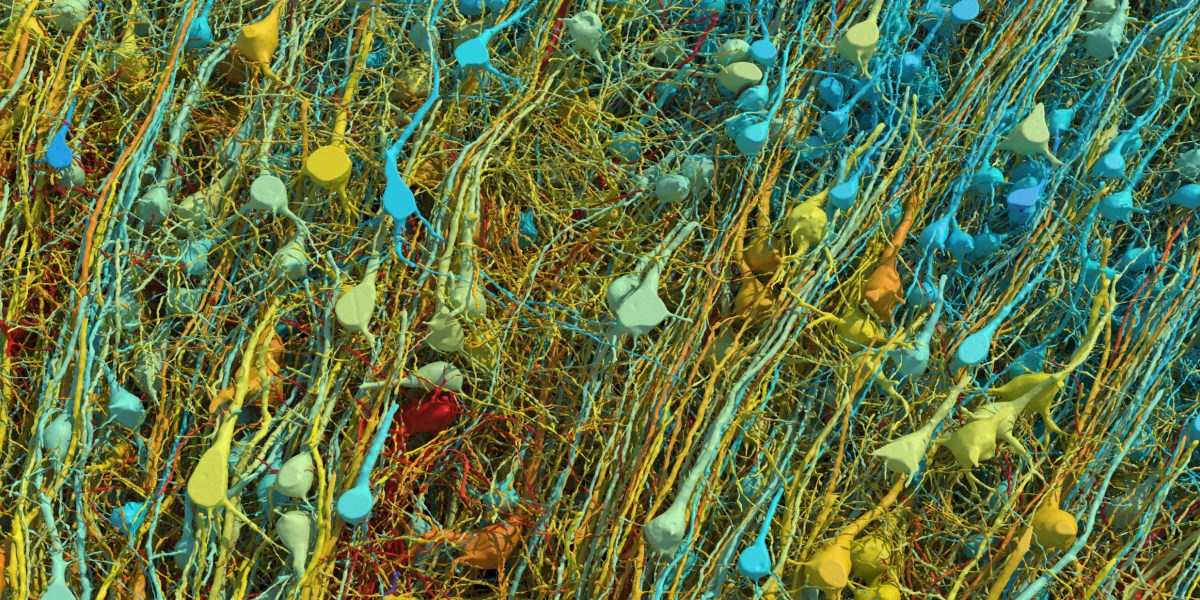The work I wrote about last year is part of the $3 billion federally funded Brain Research Through Advancing Innovative Neurotechnologies (BRAIN) Initiative, which launched in 2013. In this project, led by the Allen Institute for Brain Science, which has developed a number of brain atlases, researchers are working to develop a parts list detailing the vast array of cells in the human brain by sequencing single cells to look at gene expression. So far they’ve identified more than 3,000 types of brain cells, and they expect to find many more as they map more of the brain.
The draft map was based on brain tissue from just two donors. In the coming years, the team will add samples from hundreds more.
Mapping the cell types present in the brain seems like a straightforward task, but it’s not. The first stumbling block is deciding how to define a cell type. Seth Ament, a neuroscientist at the University of Maryland, likes to give his neuroscience graduate students a rundown of all the different ways brain cells can be defined: by their morphology, or by the way the cells fire, or by their activity during certain behaviors. But gene expression may be the Rosetta stone brain researchers have been looking for, he says: “If you look at cells from the perspective of just what genes are turned on in them, it corresponds almost one to one to all of those other kinds of properties of cells.” That’s the most remarkable discovery from all the cell atlases, he adds.
I have always assumed the point of all these atlases is to gain a better understanding of the brain. But Jeff Lichtman, a neuroscientist at Harvard University, doesn’t think “understanding” is the right word. He likens trying to understand the human brain to trying to understand New York City. It’s impossible. “There’s millions of things going on simultaneously, and everything is working, interacting, in different ways,” he says. “It’s too complicated.”
But as this latest paper shows, it is possible to describe the human brain in excruciating detail. “Having a satisfactory description means simply that if I look at a brain, I’m no longer surprised,” Lichtman says. That day is a long way off, though. The data Lichtman and his colleagues published this week was full of surprises—and many more are waiting to be uncovered.
Another thing
The revolutionary AI tool AlphaFold, which predicts proteins’ structures on the basis of their genetic sequence, just got an upgrade, James O’Donnell reports. Now the tool can predict interactions between molecules.
Read more from Tech Review’s archive
In 2013, Courtney Humphries reported on the development of BigBrain, a human brain atlas based on MRI images of more than 7,000 brain slices.
And in 2017, we flagged the Human Cell Atlas project, which aims to categorize all the cells of the human body, as a breakthrough technology. That project is still underway.

